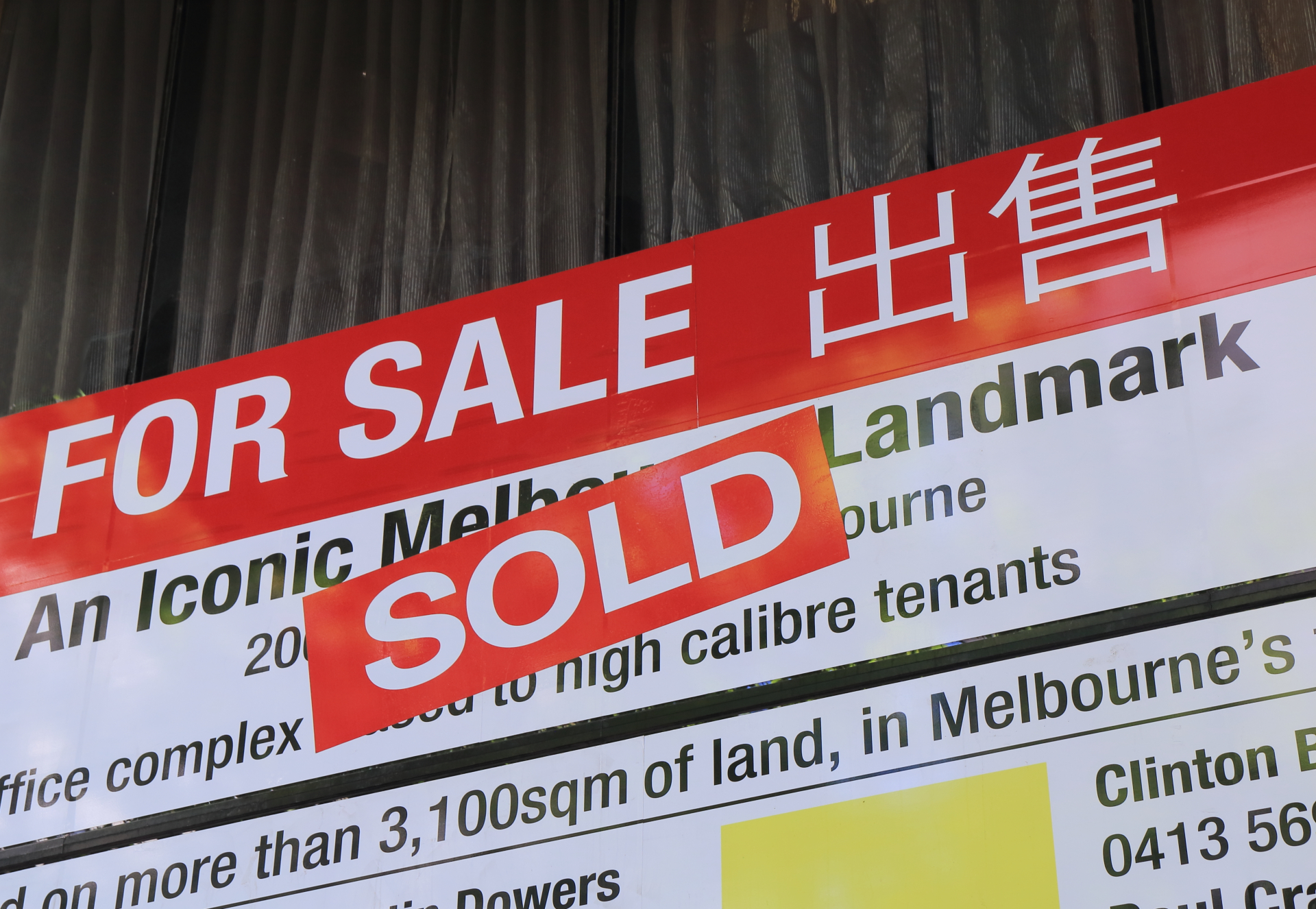Australia has entered a roadmap out of Covid-19 lockdowns, and the real estate industry has attracted significant benefits. Housing transaction volume and prices are flying; Australia has its most significant increase in 30 years.
Affected by factors such as ultra-low interest rates, loose credit policies, government stimulus measures, and record savings rates during the epidemic, Australian housing sales have reached their highest level since 2004.
What has happened to the Real Estate Market since the start of 2021?
In the year to August, more than 500,000 homes changed hands in Australia.
In the past 12 months, 598,000 detached houses and apartments across the country changed hands, increasing 42%. It is the highest number of transactions since 2004.
The number of residential sold in NSW increased by 38.9% from a year ago to 191,090 units, and Victoria increased by 34% to 129,933 units.
The previously weaker Western Australia and the Northern Territory recorded 62% and 58.5% growth, respectively, the highest in the country.
South Australia increased by 38.6%, Queensland increased by 54%, ACT 27.1% Tasmanian 10.6%.
 CoreLogic Research Director Tim Lawless said that the strong growth in housing demand amidst the stagnation of overseas immigration is due to cheaper loans, low housing loans and high household savings rates.
CoreLogic Research Director Tim Lawless said that the strong growth in housing demand amidst the stagnation of overseas immigration is due to cheaper loans, low housing loans and high household savings rates.
Strong demand has pushed up house prices. The total value of Australian homes is estimated at A$8.9 trillion by the end of August. Lawless said that this number was higher than 8 trillion in April, and when the September data is reported on October 1, it may exceed 9 trillion.
New research shows that the volume of housing transactions (the percentage of housing sales to the total number of houses) has reached 5.6%, the highest level since December 2009.
Two years ago, the ratio fell to a record low of 3.7% due to tightening credit conditions, declining housing affordability, and higher transaction costs such as stamp duty.
What is selling on the market in Australia?
58% of sales in Sydney are houses, 68% in Melbourne, and the proportion in the country is 73%. The percentage of houses in total sales rose by 5.6%, the highest figure in 12 years.
 Total sales of houses in Queensland rose by 6.8%, the highest and most influential figure in all states since 2008.
Total sales of houses in Queensland rose by 6.8%, the highest and most influential figure in all states since 2008.
The second-highest ACT is 6%, NSW 5.8%, Western Australia 5.6%, South Australia 5%, Tasmania 4.9%, Victoria 4.6%, and Northern Territory 3.7%.
What can we expect in the final months of 2021?
With more listings in the Spring, housing transactions are likely to increase in the short term. The sales volume is expected to peak early next year, but it may decline afterwards.
However, the disruption caused by the lockdown made trends harder to discern, and distortions affected sales and listings – thus, Australia’s real estate may not be out of the woods yet.

Maggie Lee from Gaindom Australia contributed to this article.

Are you looking for more opportunity in Australia? Please leave us your contact details, and one of our esteemed members will chat about your future.
[hubspot type=form portal=5699703 id=2380afe3-ad4c-4cfa-9abf-d3947e377bf2]
